Tuesday, 23 April 2024
Menu
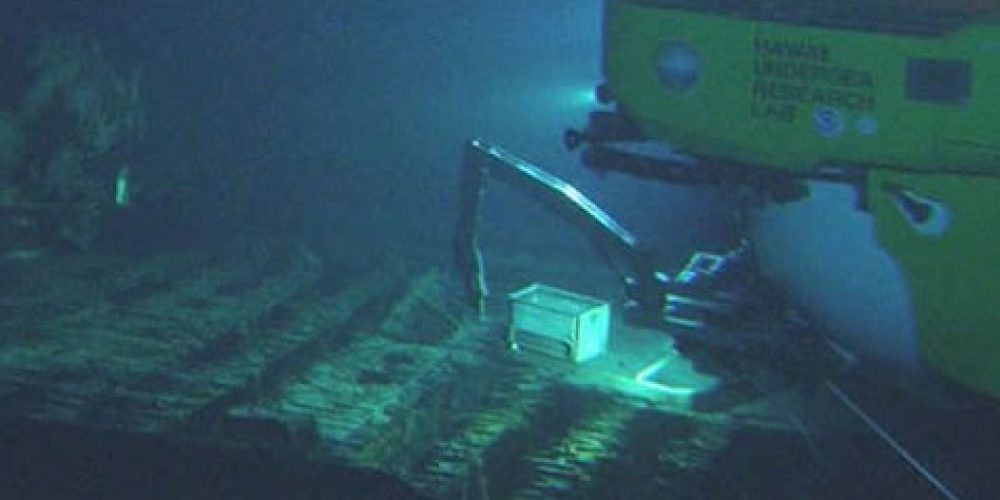
A stunning discovery has been made off the coast of Hawaii, southwest of the island of Oahu. After many years of searching, scientists from The Hawaii Undersea Research Laboratory, located at the University of Hawaii, have managed to find the wreck of a Japanese submarine, the I-400. In order to explain exactly what we are dealing with, it is necessary to give a little insight into the characteristics of the Sen Toku class to which the ship belonged.
The remains of the sunken ship lie at a depth of about 700m The find was made as early as August, but until recently only university staff associated with the project and representatives of the US and Japanese authorities had information about it.
The wreck belongs to the class of the largest submarines that sailed the seas and oceans until the invention of nuclear-powered vessels. It was 122m long (in comparison ORP Orzeł – 84m) and 12m wide, which makes I-400 one of the three largest submarines of World War II.
On its deck it could transport 3 Aichi M6A bomber-attack seaplanes. The specificity of the Sen Toku class attacks was to approach an enemy base or other strategic target unnoticed and attack it by surprise using the bombers. This was also the basis for the new, groundbreaking concept of the Imperial Fleet Command, which envisaged the transfer of hostilities to US territory. A total of 18 units were to enter service, with an operational range permitting attacks at any point on the globe.
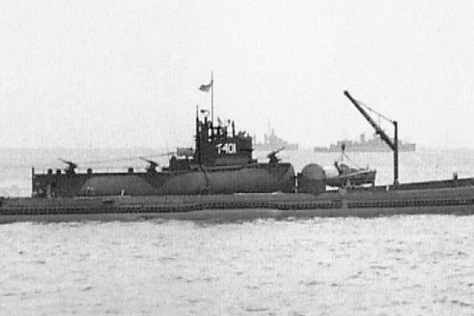
The ship was put into service at the end of the war – on 30.12.1944 and was the first representative of its class. The total displacement on the surface was 5200t, in the depth 6500t. The ship could reach the maximum draught of 100m. The speed she developed was almost 19 knots (diesel engines on the surface, electric engines when submerged). There were 144 crew members delegated to efficiently operate this giant in combat conditions.
I-400, together with other units of the 1st Submarine Squadron, was to attack the locks of the Panama Canal, where the Americans at that time were redeploying considerable forces in the Pacific. However, in the course of time the target of the attack was changed and this time the sights of the Japanese colossus were directed at Ulithi Atoll, in the area of which many US Navy units were stationed. The attack was to have taken place on August 17, 1945, but was halted the day before by the news of Japan’s surrender.
After disarming and eliminating its offensive potential, the I-400 was taken over by the Americans. After conducting a series of tests, the Americans decided to sink the ship. The main reason was the fear that Japanese technology could fall into the hands of the Soviets, who, citing the relevant agreements, pressed for the release of Japanese ships to them. Interestingly, although the ship was sunk without haste and according to a previously prepared plan, the exact place where it was sunk was not recorded.
Source: history.com




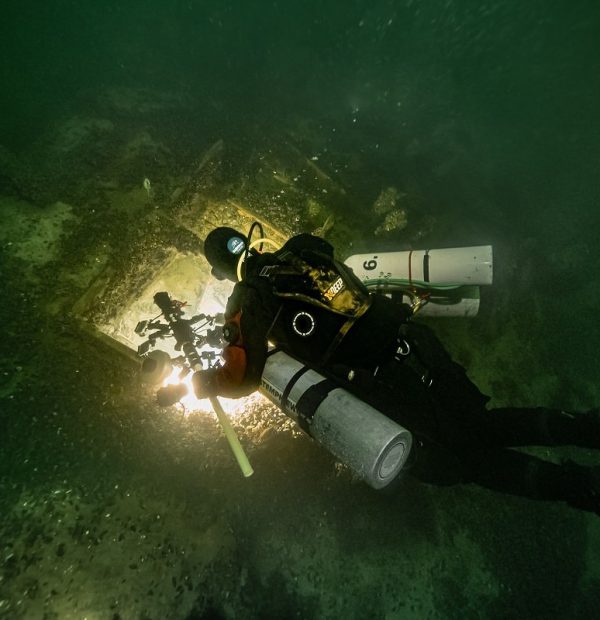
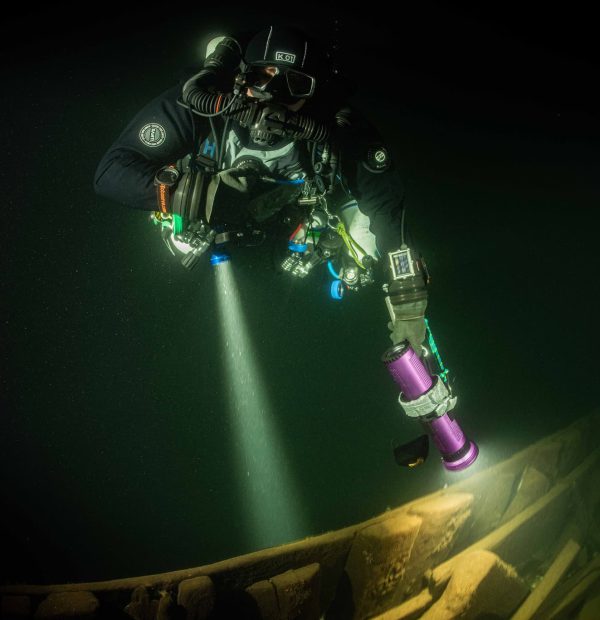
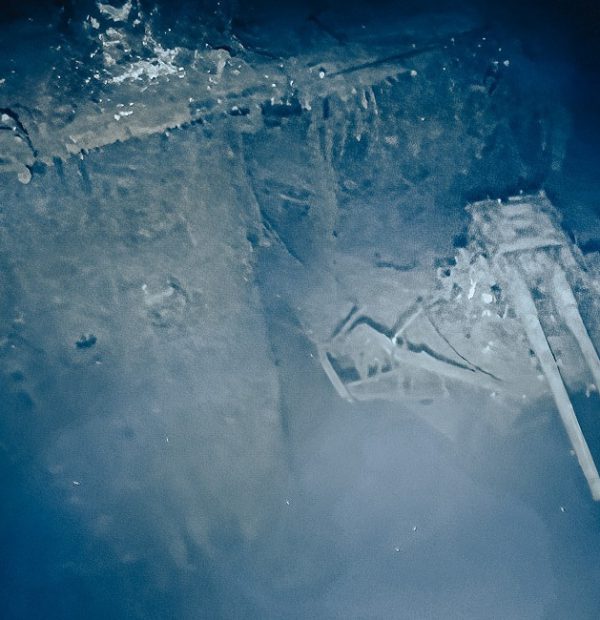



Welcome to DIVERS24.COM, your daily source of scuba news, freediving, scuba diving information, and equipment reviews. Our comprehensive coverage of the dive industry from A to Z provides you with all the latest scuba news, training updates, underwater photography tips, and everything else related to scuba diving. Whether you’re a beginner or an experienced diver looking for more knowledge about scuba gear or techniques – we’ve got it covered! With our in-depth articles written by experienced divers who have been there and done that, you are sure to find exactly what you need here at Divers24.com. Dive into scuba news today!
Underwater Media Sp. z o.o.
Szafarnia 11/F8,
80-755 Gdansk, Poland
Welcome to DIVERS24.COM, your daily source of scuba news, freediving, and scuba diving information. Sign in for a weekly news update and discount coupons for dive gear and apparel.
@2023 - underwatermedia.pl. All Right Reserved. Designed and Developed by Tworzenie stron internetowych Gdansk

The Divers24 portal is currently the largest online medium treating diving in Poland. Since 2010 we have been providing interesting and important information from Poland and around the world on all forms of diving and related activities.
Contact us: info@divers24.com